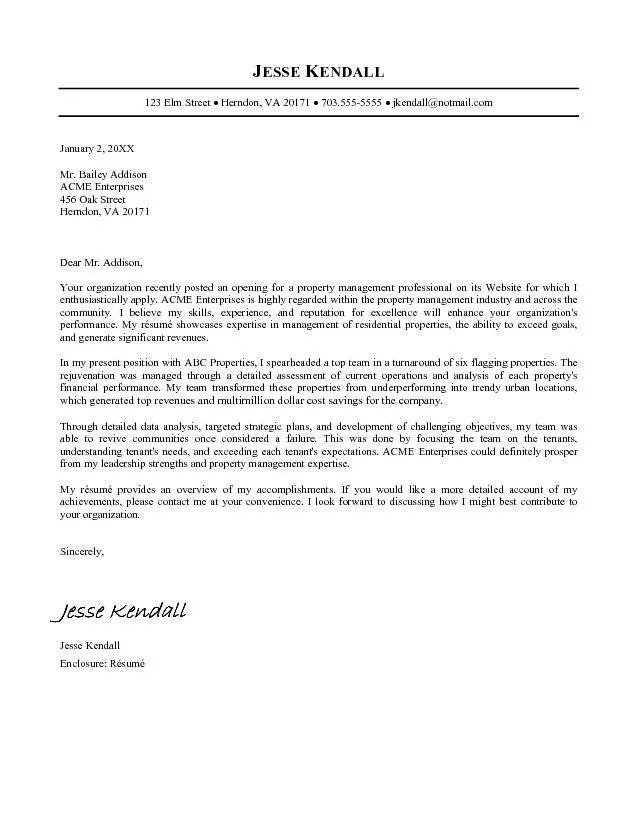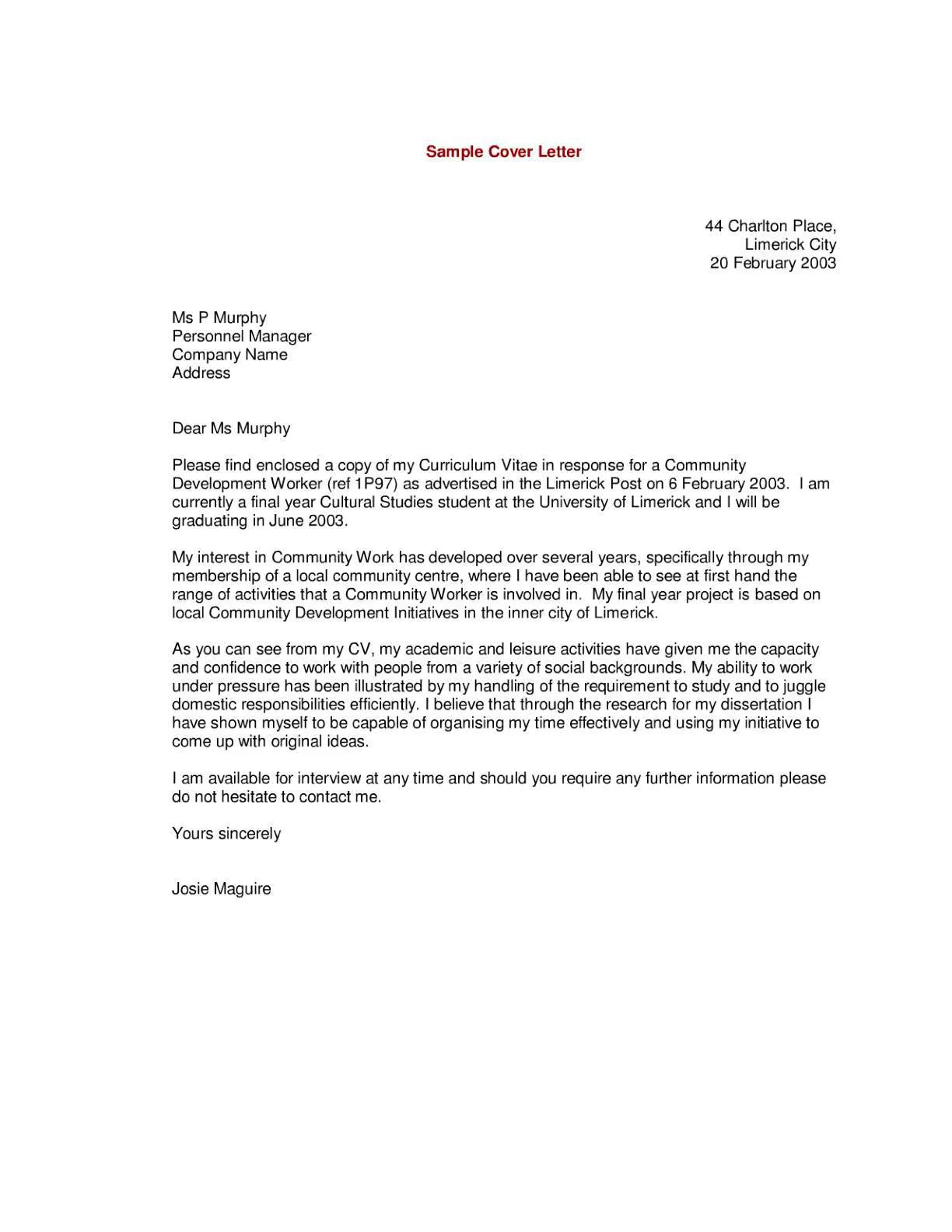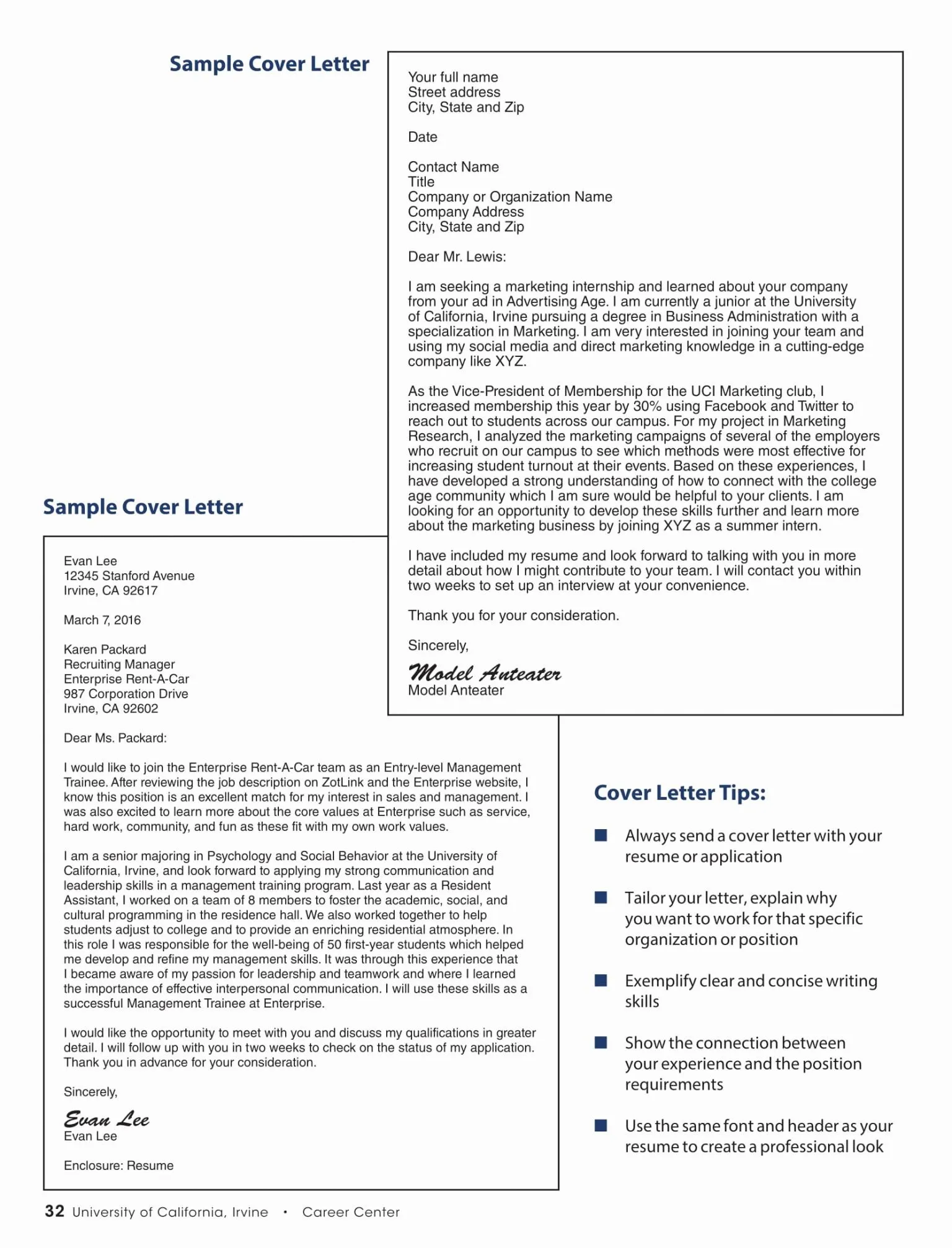What is a Cover Letter and Why You Need One?
A cover letter is a crucial document that accompanies your resume when applying for a job. It serves as an introduction, allowing you to express your interest in the position and the company, while also highlighting your relevant skills and experience. Unlike a resume, which provides a factual overview of your qualifications, a cover letter enables you to provide context, personality, and demonstrate your genuine enthusiasm for the opportunity. Essentially, it’s your chance to make a compelling first impression and persuade the hiring manager to review your resume closely, and ultimately, call you in for an interview. A well-crafted cover letter will significantly increase your chances of landing your dream job. It provides a platform to connect with the employer on a personal level, showcasing your written communication skills, and providing a deeper understanding of your candidacy beyond the resume’s bullet points. This document is your gateway to standing out from the competition, proving your qualifications, and demonstrating your sincere interest in the role.
Cover Letter vs. Resume The Key Differences
Understanding the distinct roles of a cover letter and a resume is essential for a successful job application. A resume is a concise summary of your professional journey. It typically includes your work history, education, skills, and achievements, presented in a structured, easy-to-scan format. The primary goal of a resume is to quickly inform the employer about your qualifications and experiences relevant to the job. In contrast, a cover letter is a personalized document that accompanies your resume, allowing you to elaborate on your qualifications, showcase your personality, and explain why you are the ideal candidate for the specific role. The cover letter helps bridge the gap between your qualifications and the employer’s needs. A resume is a snapshot of your career, while the cover letter provides the story behind that snapshot.
How to Start Your Cover Letter

The opening of your cover letter is your opportunity to grab the reader’s attention. Instead of starting with a generic greeting, personalize it by addressing the hiring manager by name, if possible. If you can’t find a specific name, try to target the department or title, rather than using a generic greeting like ‘To Whom It May Concern’. In the first paragraph, clearly state the position you’re applying for and how you found the job posting. Then, express your enthusiasm for the opportunity. A compelling opening statement briefly highlights your most relevant skills or experiences and provides a hint about why you’re a great fit. Try to avoid cliché phrases or generic introductions; instead, aim for a unique and captivating opening that reflects your personality and showcases your understanding of the company and the role.
Highlighting Your Skills and Experience
The body of your cover letter is where you demonstrate your suitability for the job. Focus on the skills and experiences that align with the job requirements, and provide specific examples to illustrate your accomplishments. Do not just list your skills; instead, show how you have applied them to achieve positive results in previous roles. Use the job description as a guide to identify the key skills and qualifications the employer is seeking and tailor your examples accordingly. Quantify your achievements whenever possible, using numbers or data to demonstrate the impact of your work. When describing your experiences, use the STAR method (Situation, Task, Action, Result) to provide a clear and concise overview of the situation, your role, the actions you took, and the outcome.
Tailoring Your Cover Letter
One of the most important cover letter tips is to tailor each letter to the specific job and company. Generic, one-size-fits-all cover letters are easily identified and often dismissed. To tailor your letter, carefully review the job description and research the company’s mission, values, and culture. Then, highlight the skills and experiences that are most relevant to the position and explain how you can contribute to the company’s goals. Show genuine enthusiasm for the role and the company by mentioning specific projects or initiatives that resonate with you. Personalize your cover letter to demonstrate that you understand the company’s needs and are committed to helping them succeed. Tailoring proves your commitment and provides strong evidence of how you could be a great candidate for the job.
Keywords and ATS Optimization

Many companies use Applicant Tracking Systems (ATS) to screen resumes and cover letters, so it’s essential to optimize your documents with relevant keywords. ATS software scans your documents for keywords that match the job description. To optimize your cover letter, carefully review the job posting and identify the key skills, qualifications, and industry-specific terms. Then, strategically incorporate these keywords into your cover letter, particularly in the skills and experience sections. However, avoid keyword stuffing. Instead, use the keywords naturally within the context of your sentences. Make sure the keywords align with the information on your resume. Proofread your cover letter to ensure it flows well and is free of grammatical errors. By optimizing your cover letter, you increase your chances of passing through the ATS and getting your application seen by a hiring manager.
Formatting Your Cover Letter
Your cover letter’s formatting is crucial for readability. Use a professional, easy-to-read font, such as Times New Roman, Arial, or Calibri, with a font size between 10 and 12 points. Ensure your letter is well-organized with clear headings, paragraphs, and bullet points to make it easy for the reader to scan the content. Keep your letter concise, ideally no more than one page. Use sufficient white space, including margins and line spacing, to avoid a cluttered appearance. Use consistent formatting throughout the document to maintain a professional and polished look. Always save your cover letter as a PDF to preserve the formatting. Before sending your cover letter, preview it to make sure it appears correctly on different devices and platforms. This ensures the document presents your information in a clean, easy-to-read format.
Proofreading and Editing
Before submitting your cover letter, thoroughly proofread and edit it. Errors in grammar, spelling, and punctuation can make you seem careless and unprofessional. Read your cover letter multiple times, looking for any mistakes. Consider reading it aloud to catch any awkward phrasing or grammatical errors. Use spell-check and grammar-check tools, but remember that these tools aren’t foolproof. Have a friend, family member, or career advisor review your cover letter for feedback. Pay close attention to the tone and style of your letter, ensuring it’s appropriate for the job and company. A polished cover letter shows attention to detail and reflects positively on your candidacy. Ensuring your cover letter is free of errors will increase your credibility and increase the likelihood of receiving an interview.
Closing Your Cover Letter

The closing paragraph of your cover letter should reiterate your interest in the position and express your enthusiasm for the opportunity. Thank the hiring manager for their time and consideration. Include a call to action, such as stating that you are available for an interview and eager to discuss your qualifications further. Provide your contact information (phone number and email address) to make it easy for the hiring manager to get in touch with you. Always sign off professionally, using phrases such as ‘Sincerely,’ ‘Best regards,’ or ‘Thank you.’ Before sending, double-check all the details in your letter to ensure they are accurate and up-to-date. This reinforces the positive impression that you have made and increases your chances of being considered for the job. A strong closing is crucial for leaving a memorable impact.
